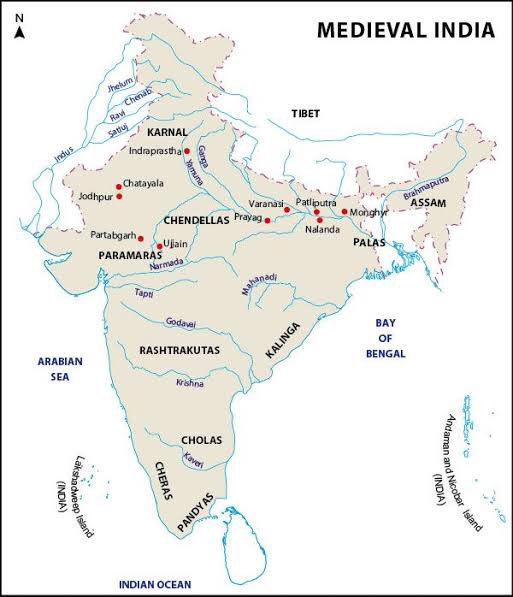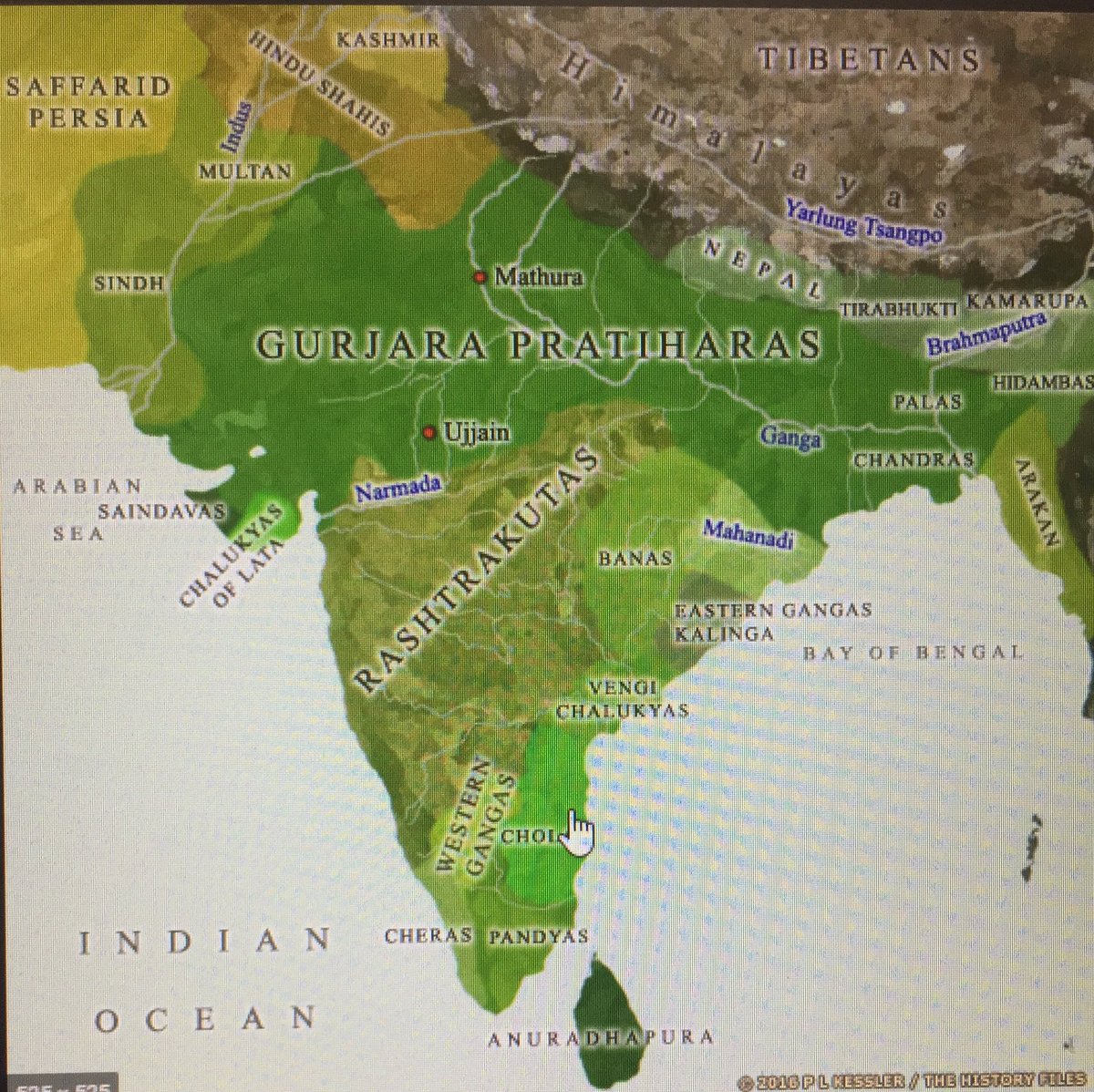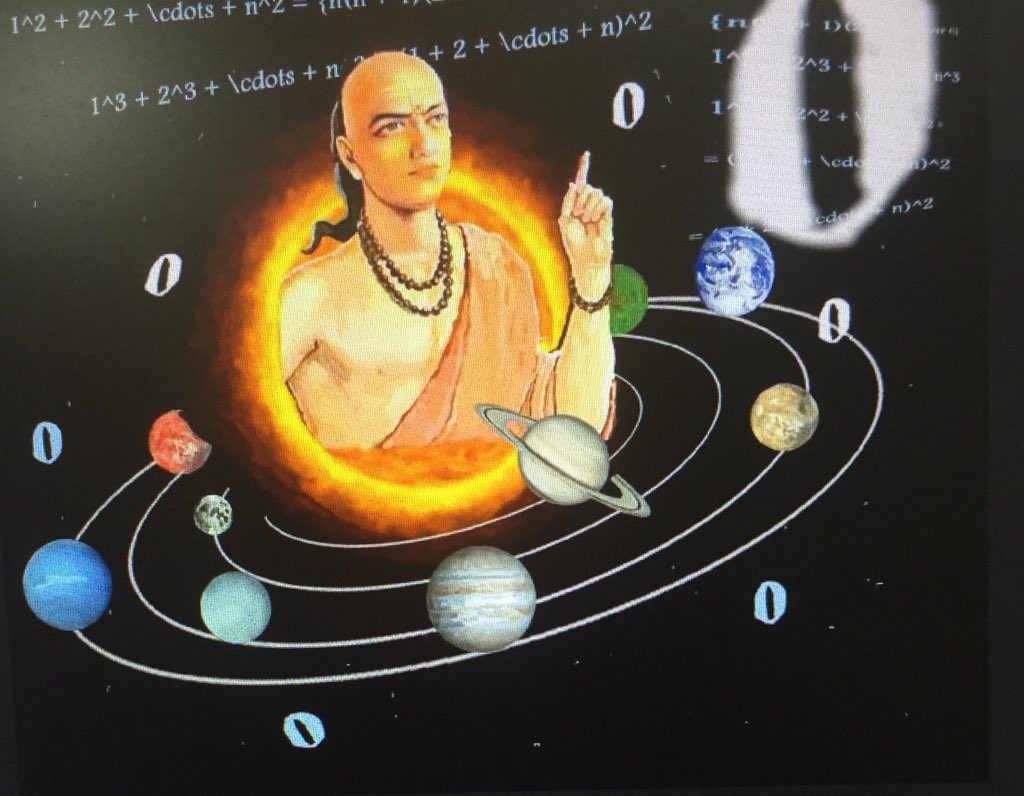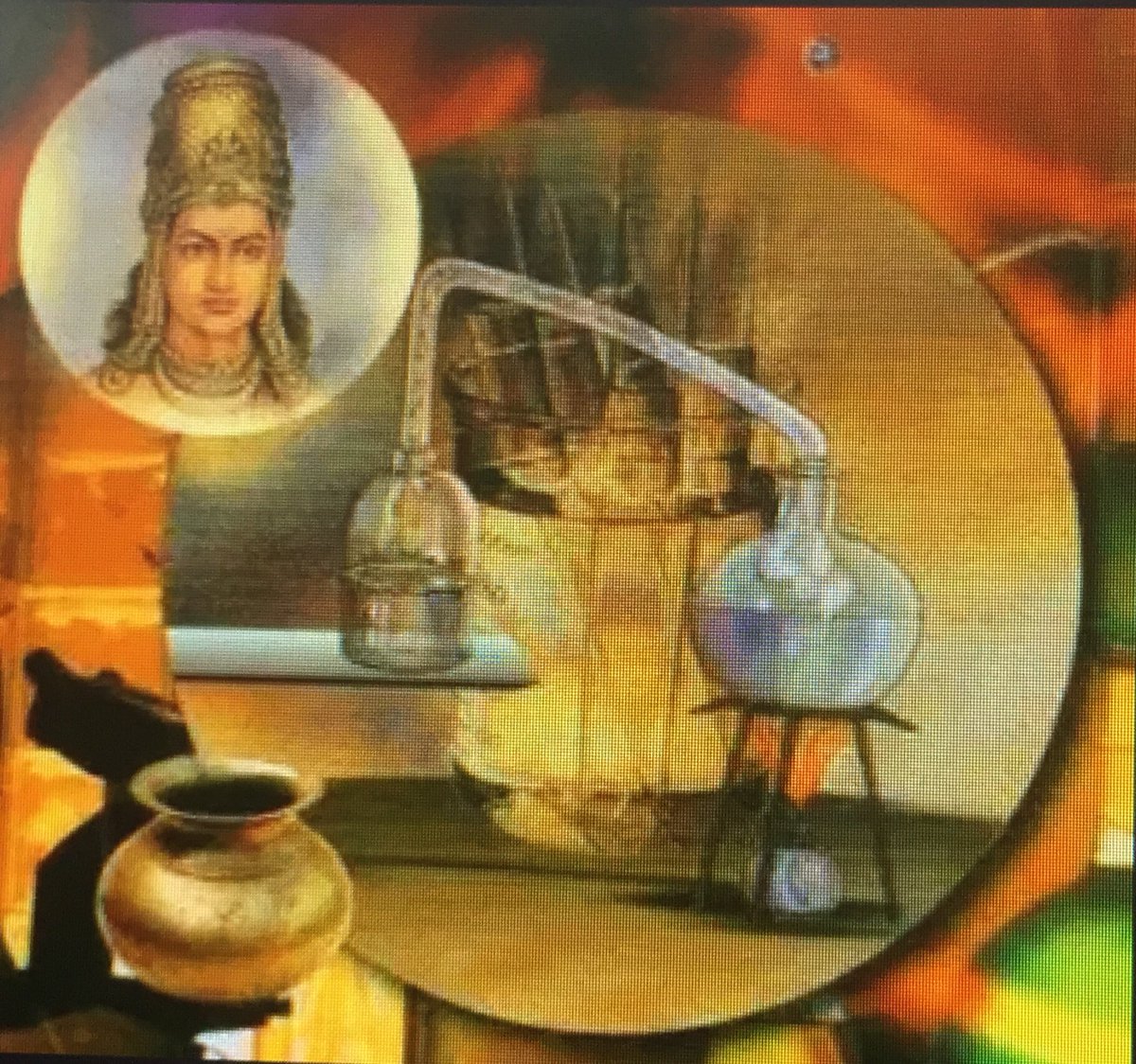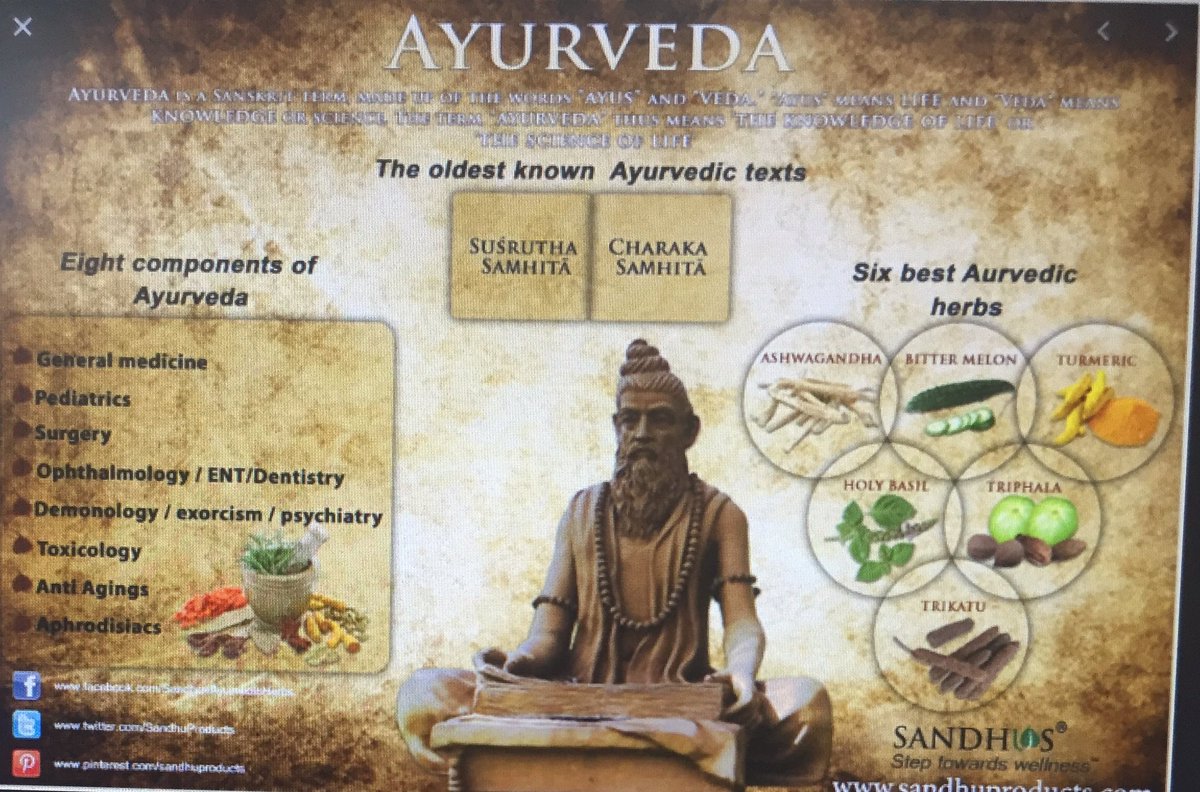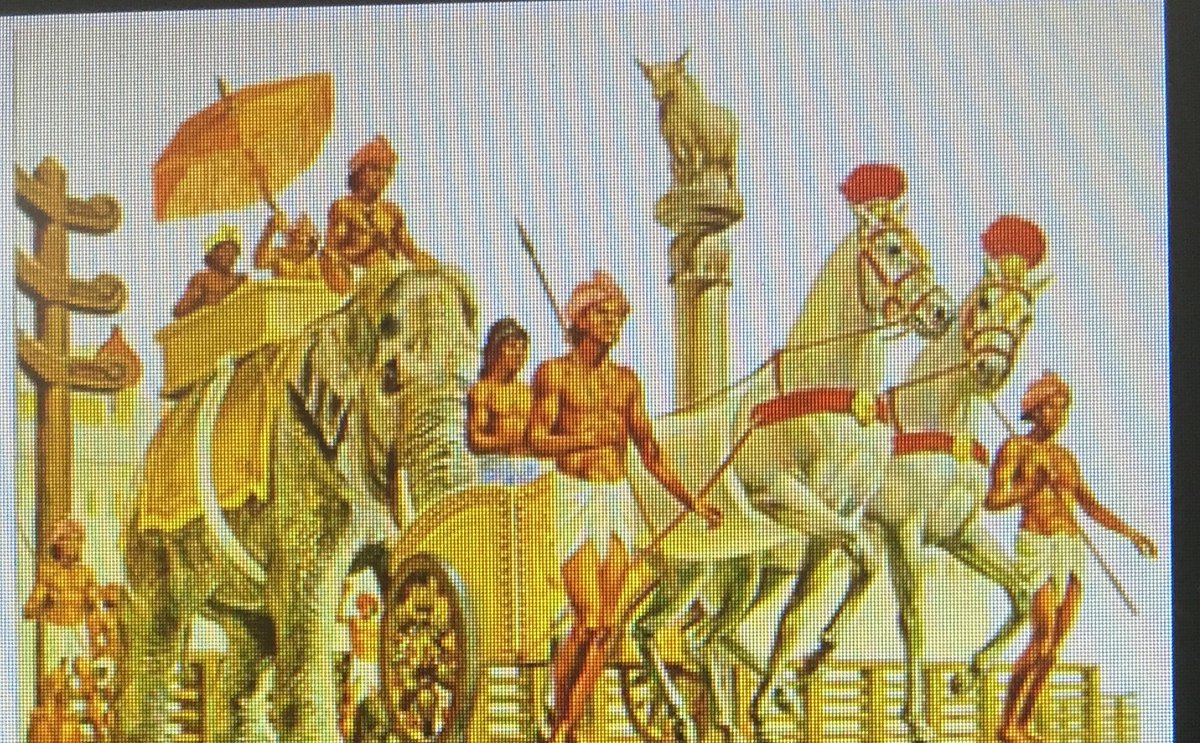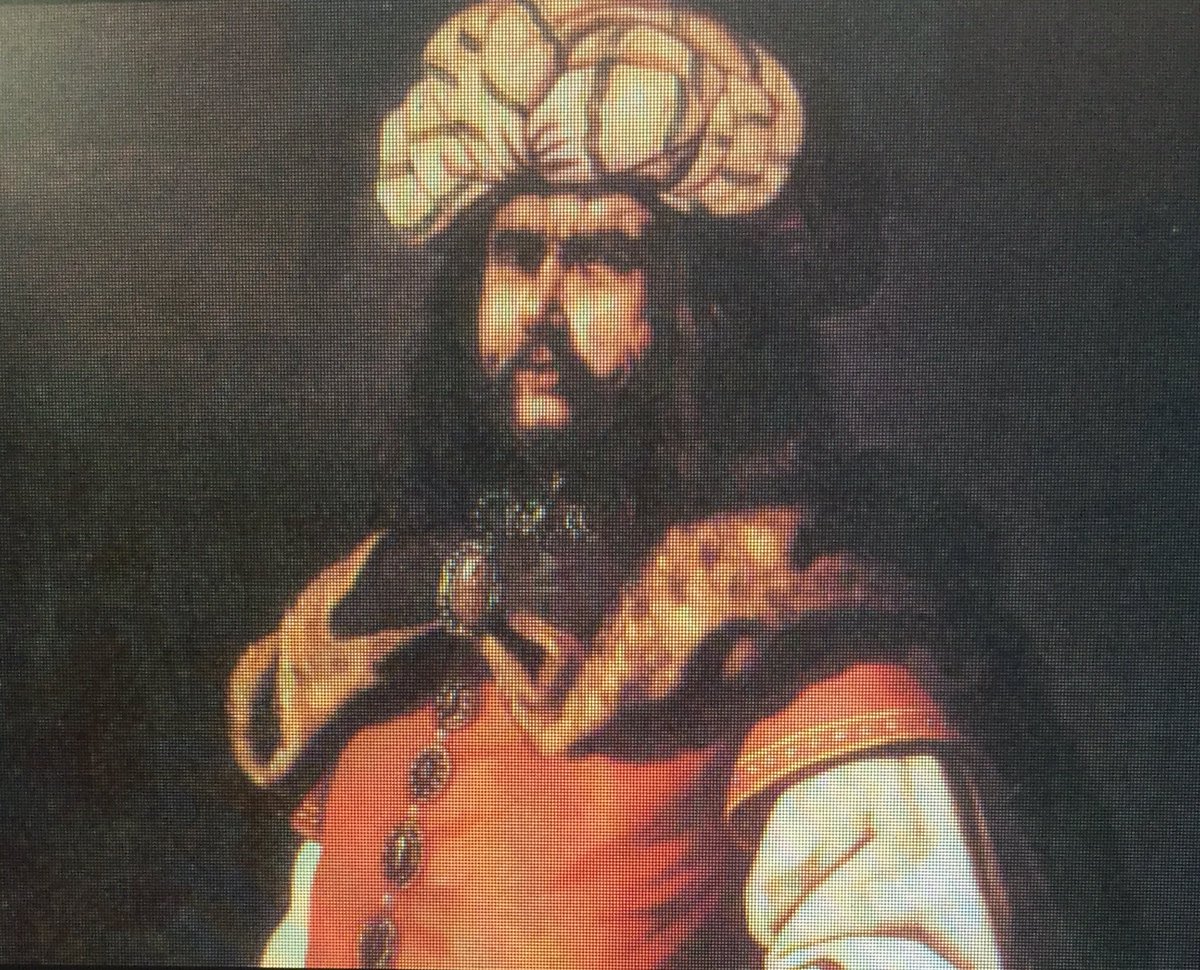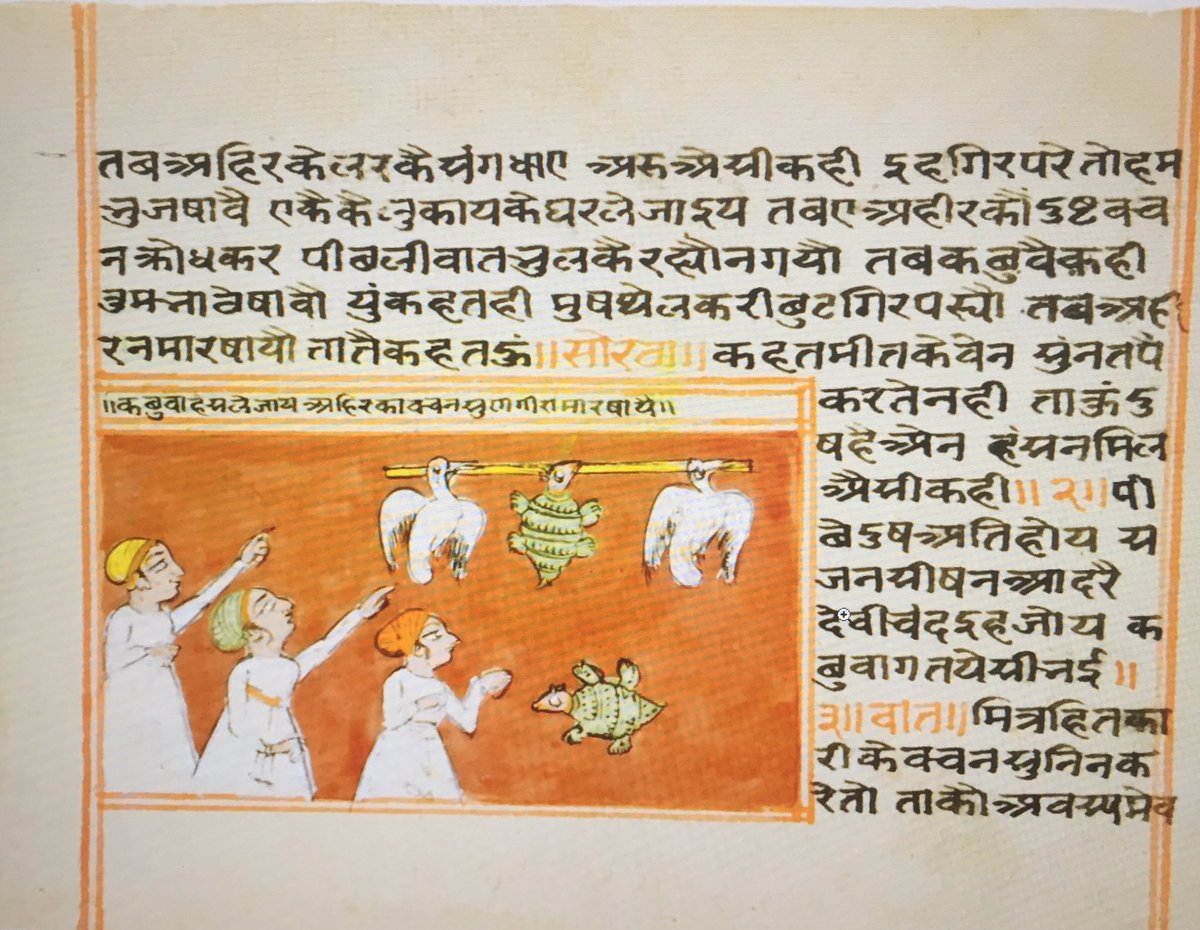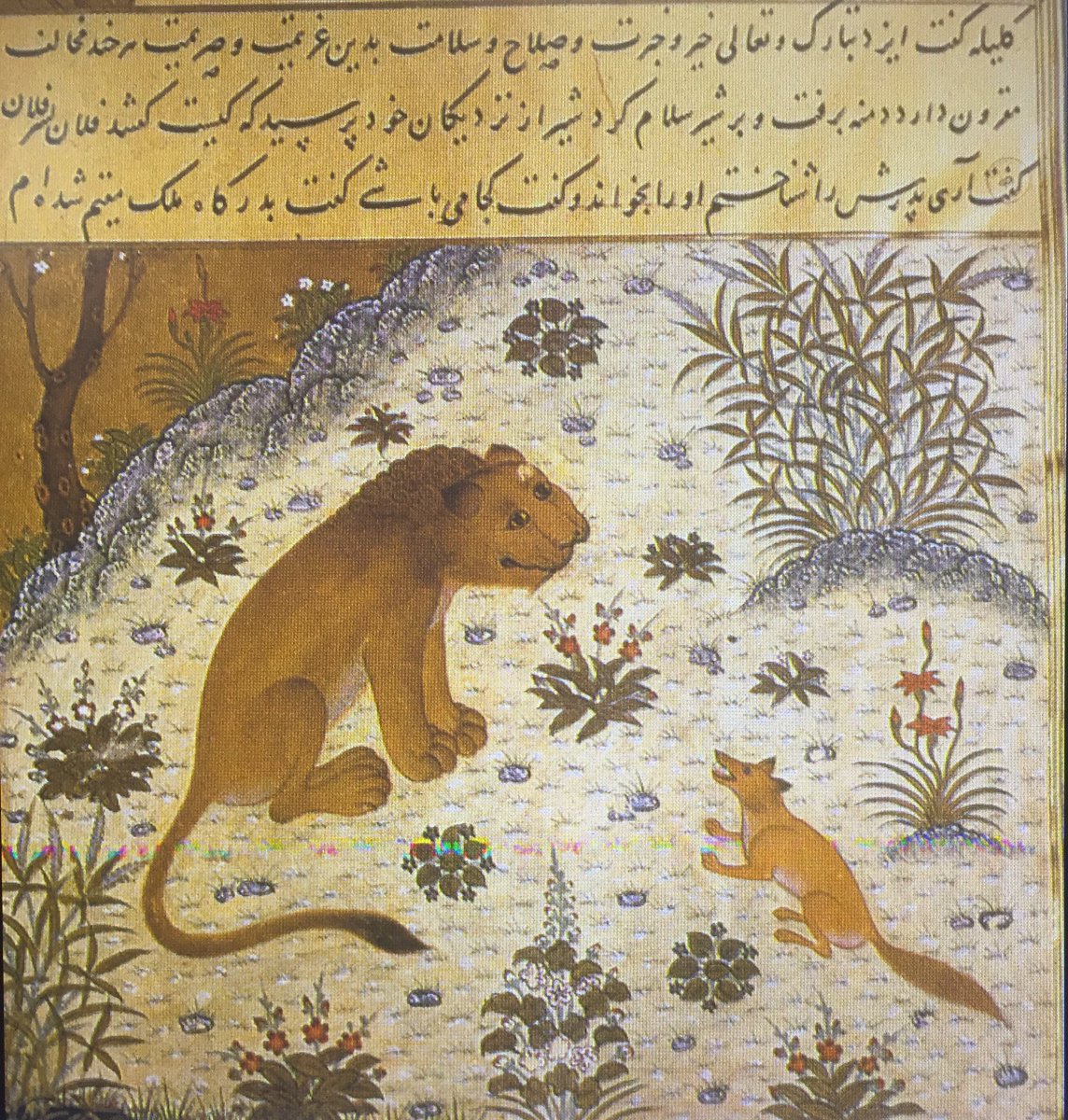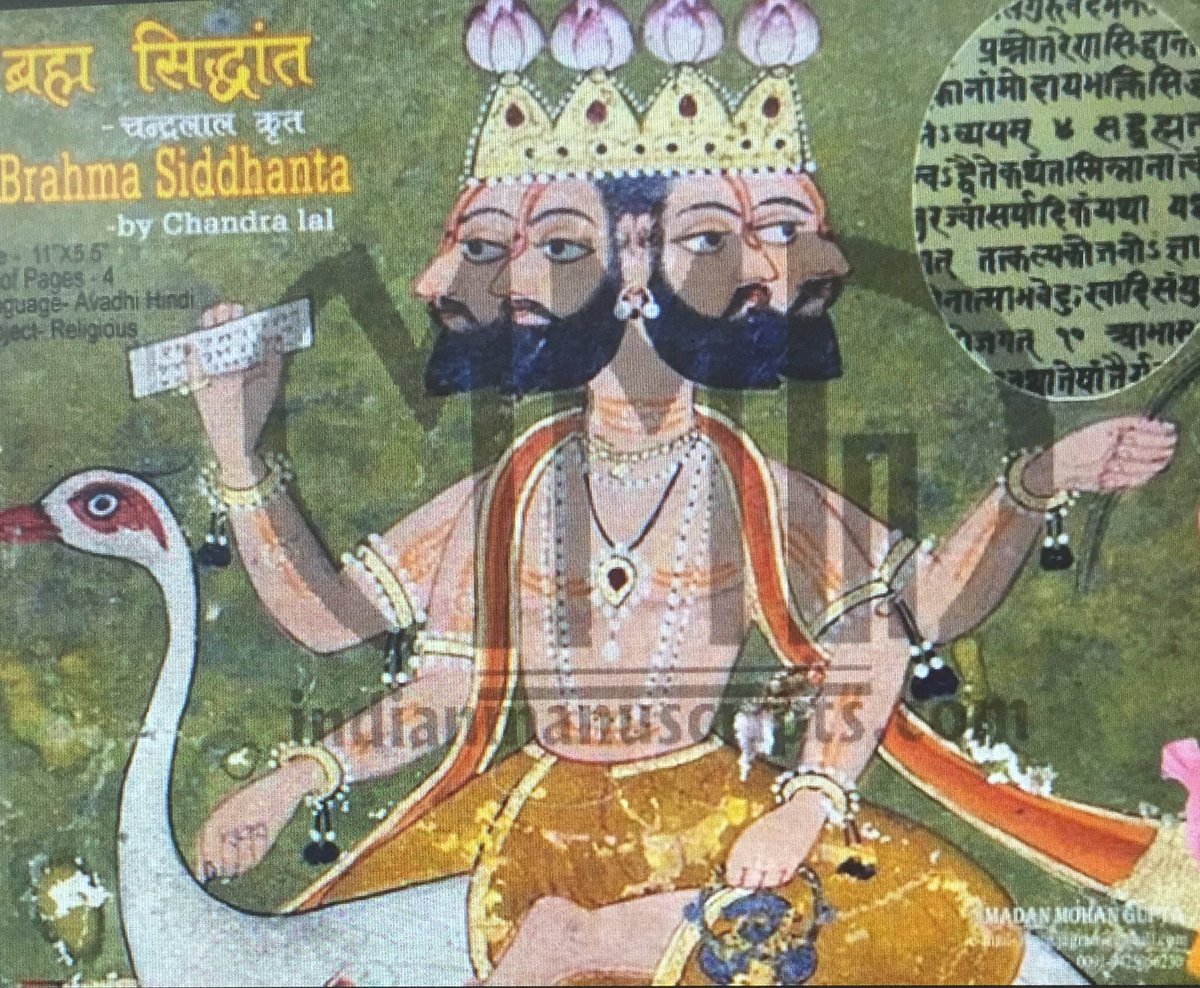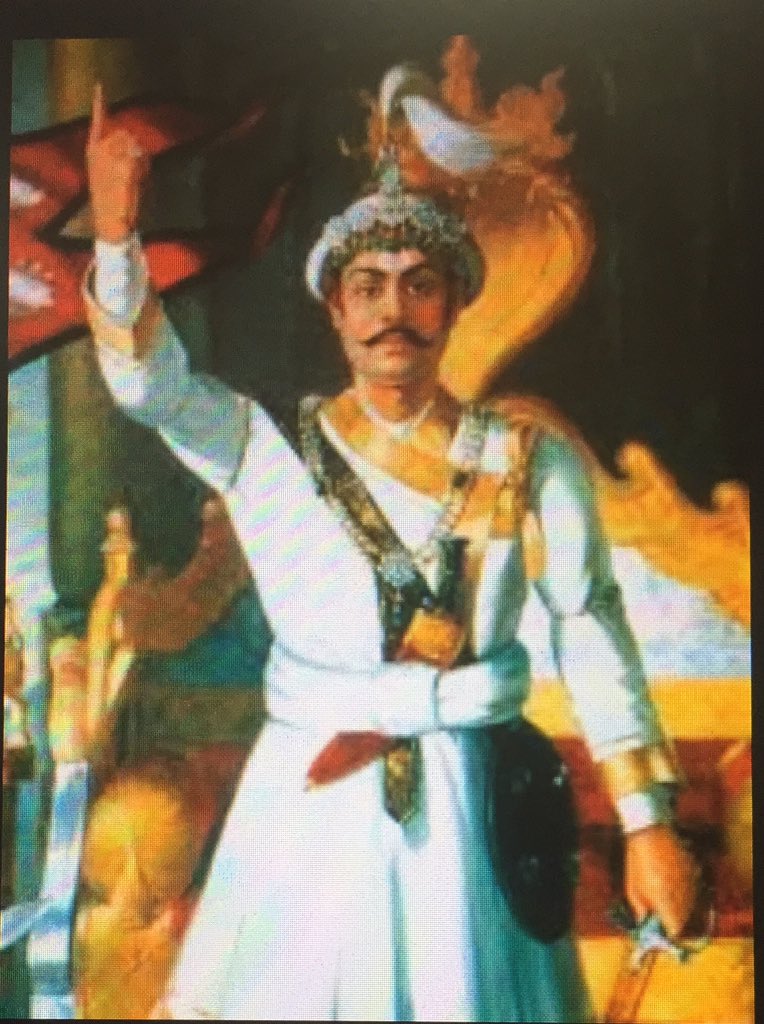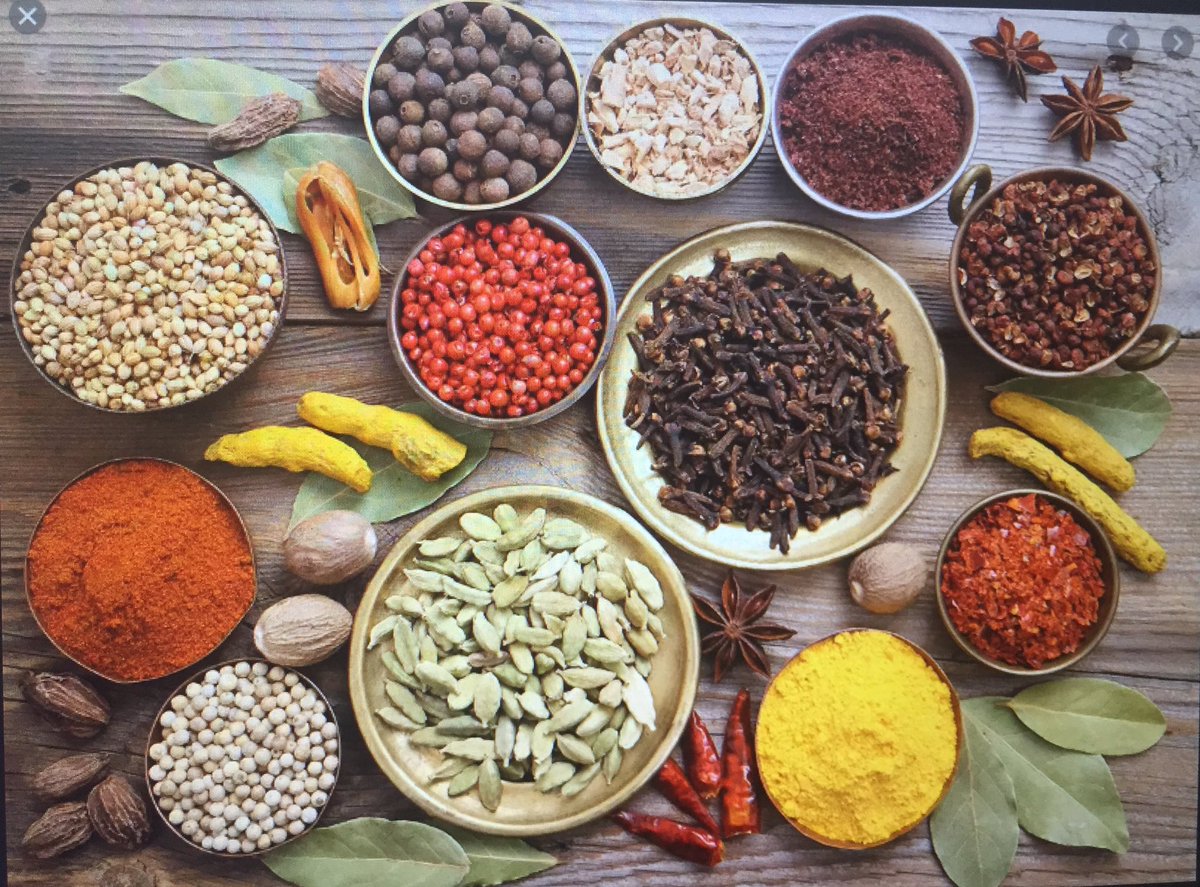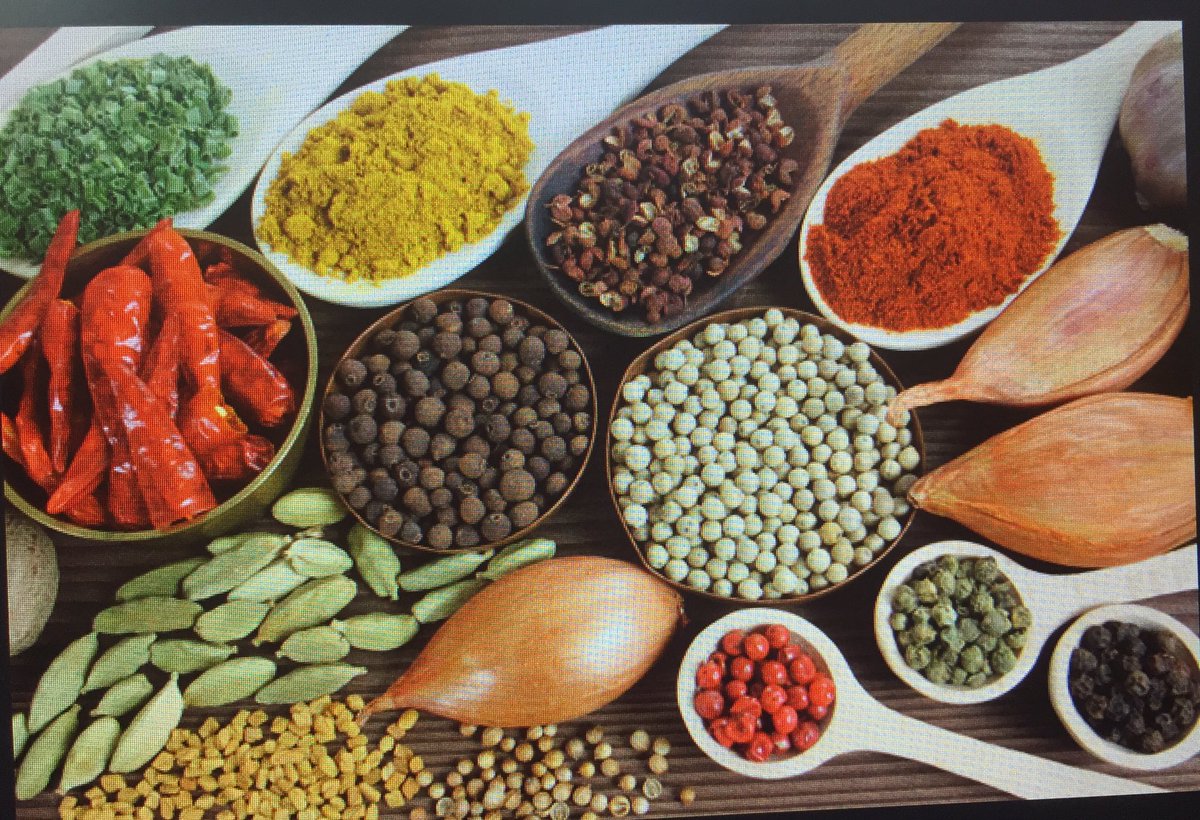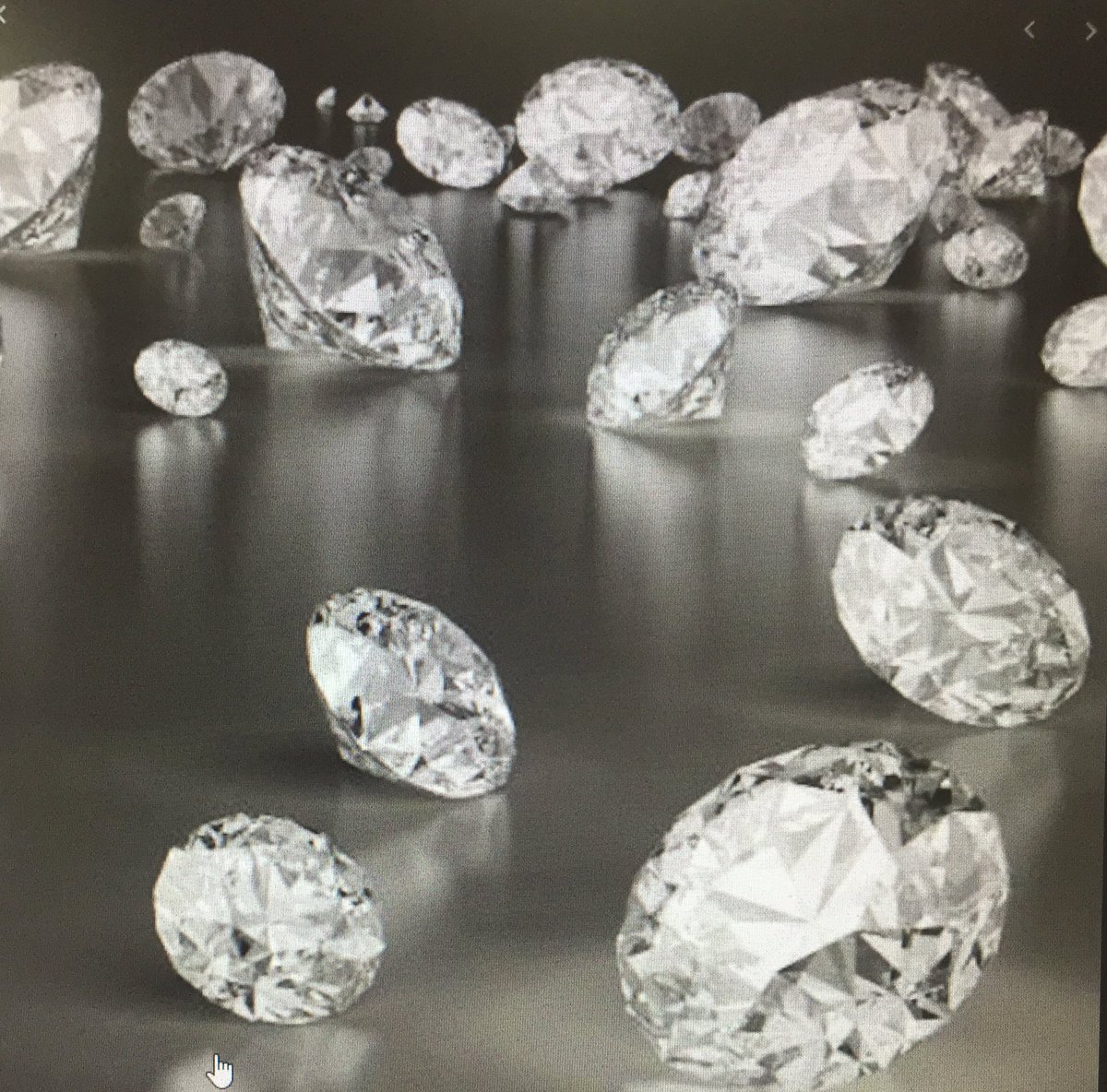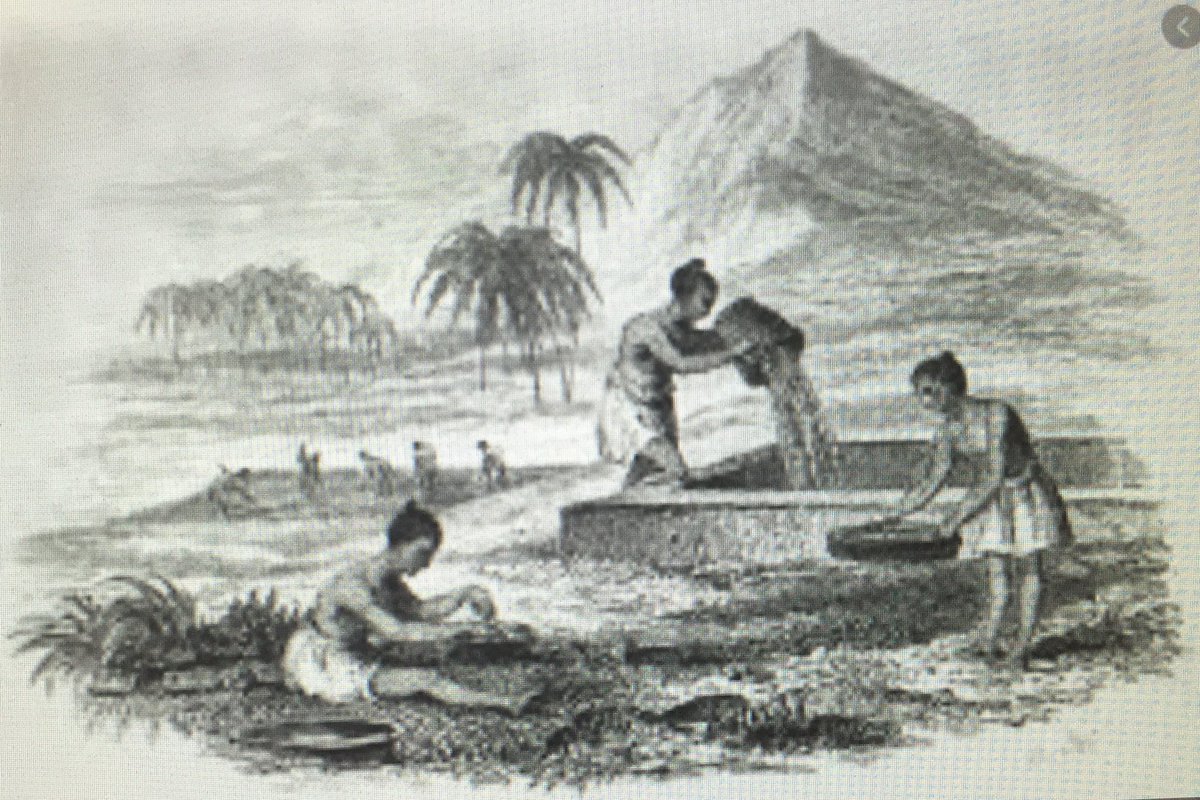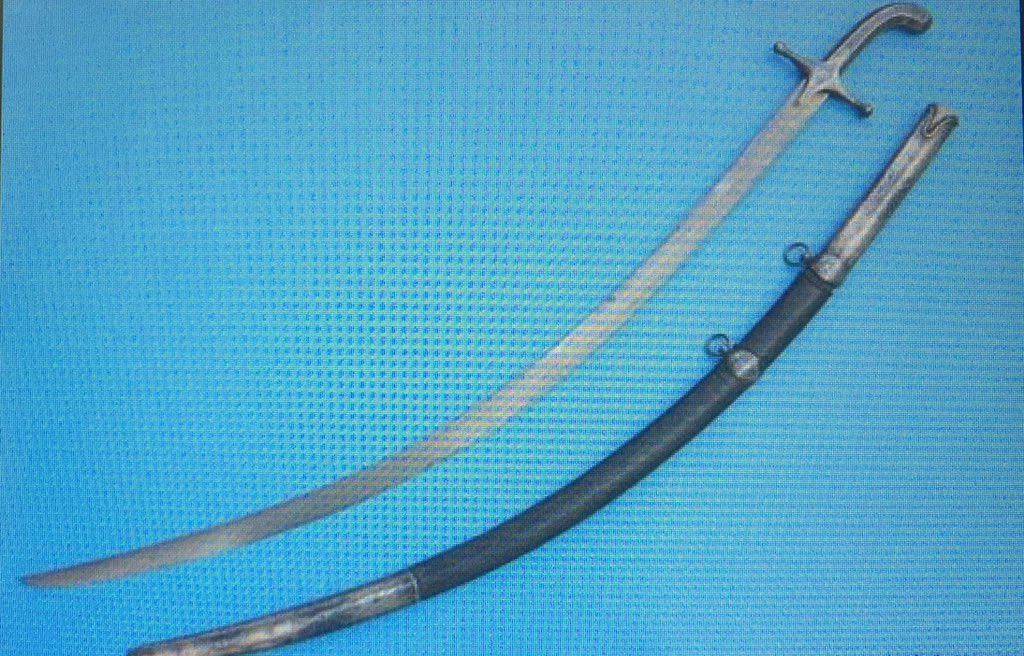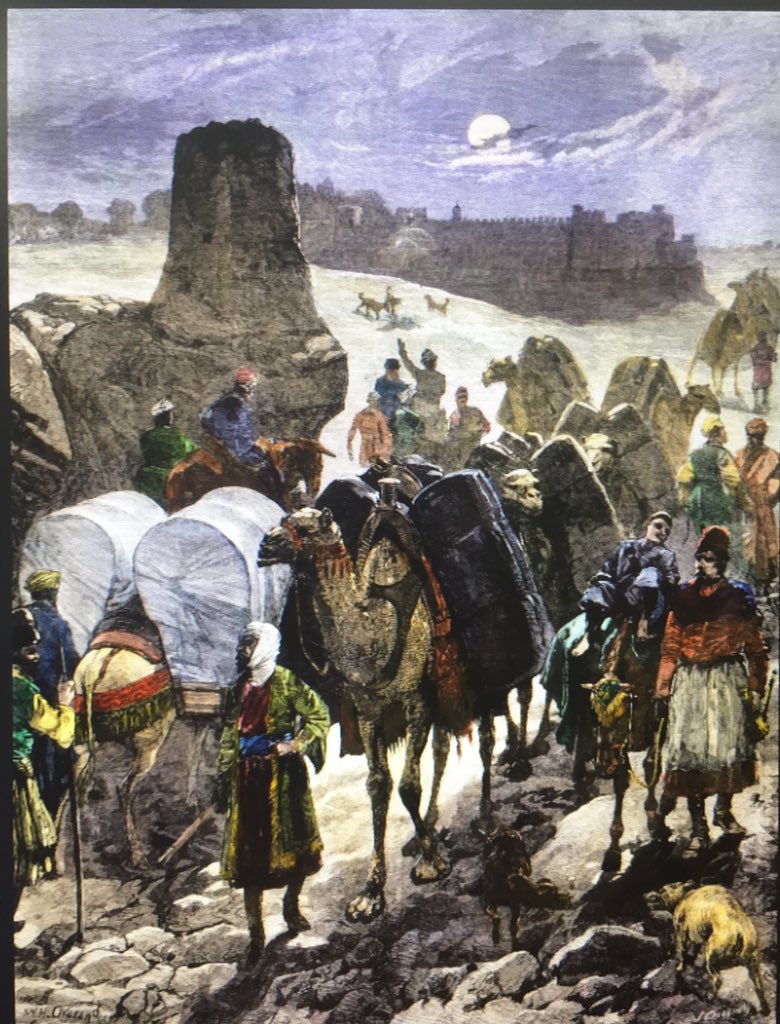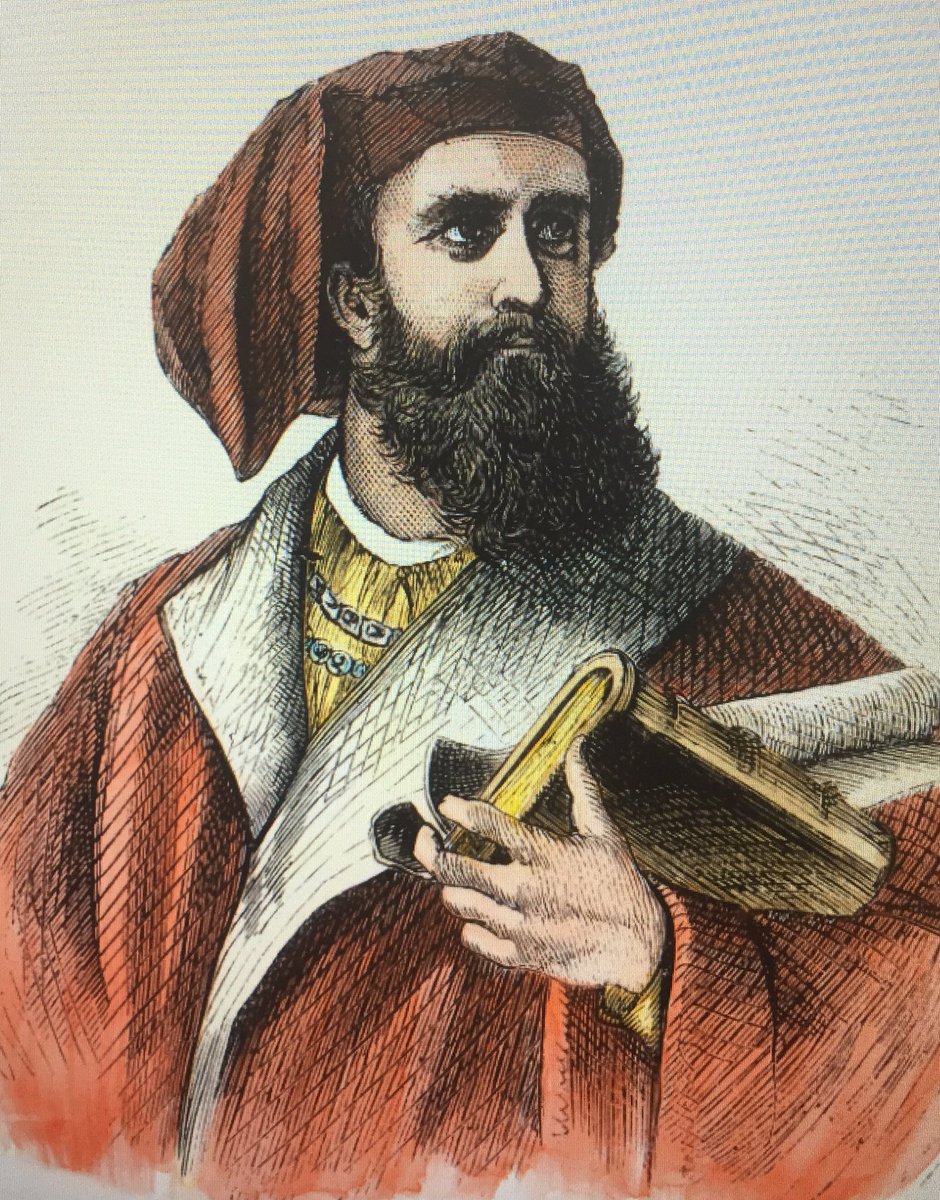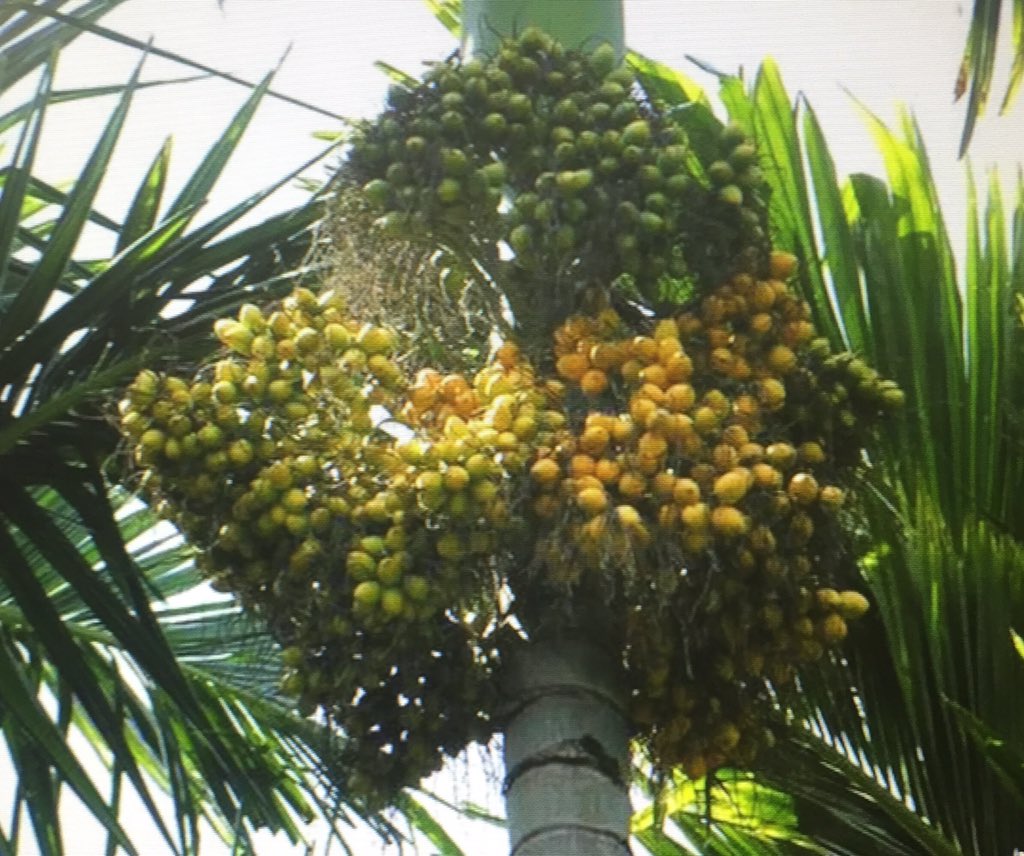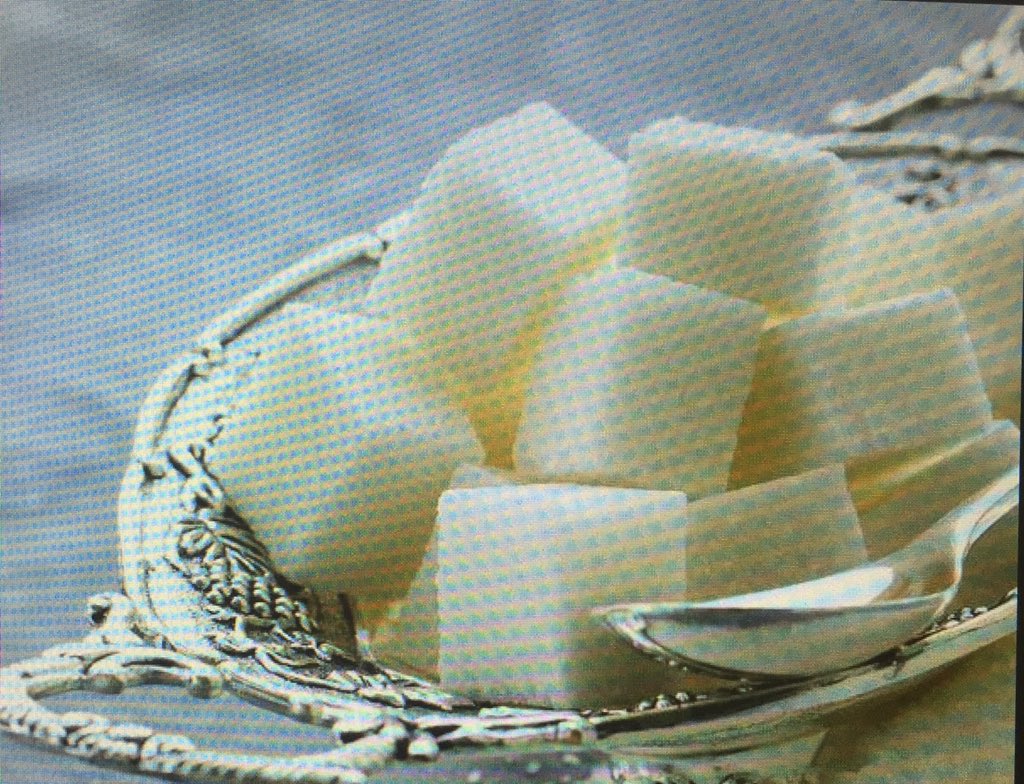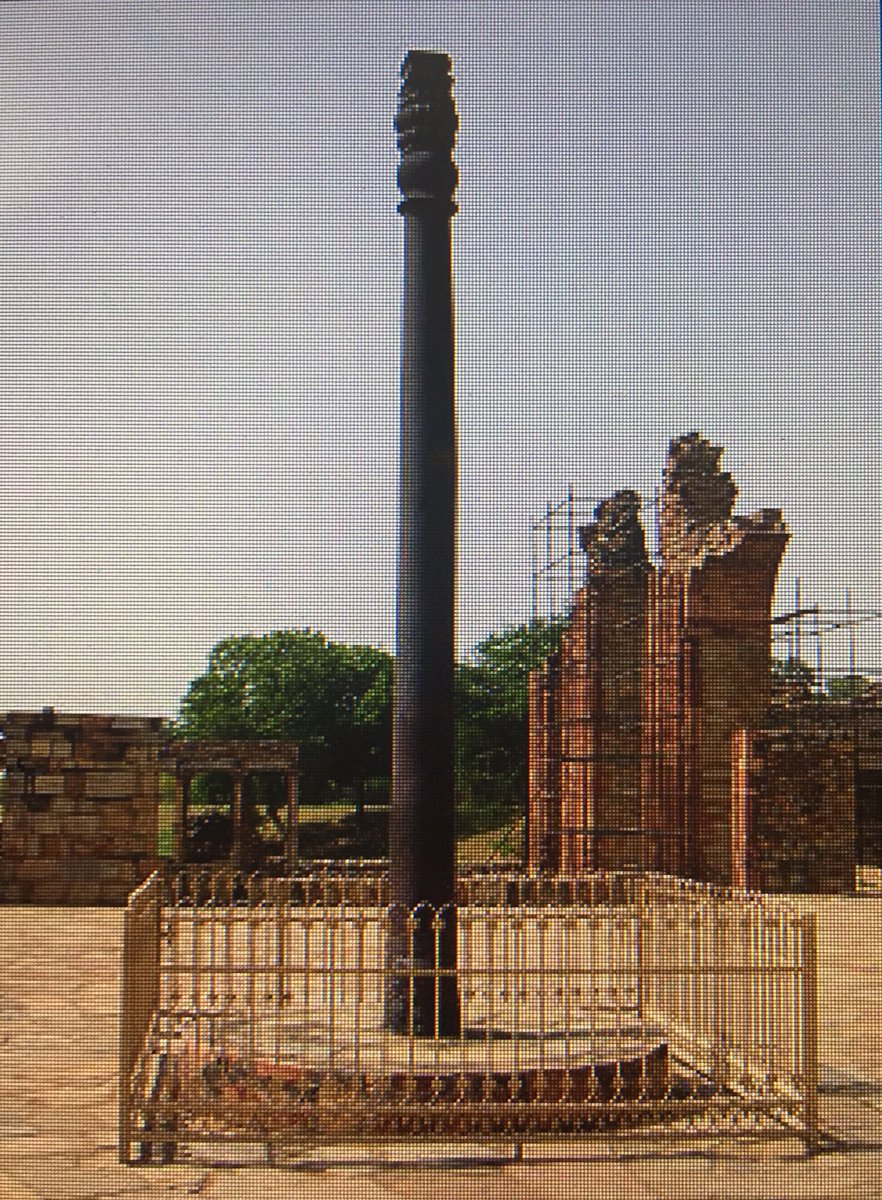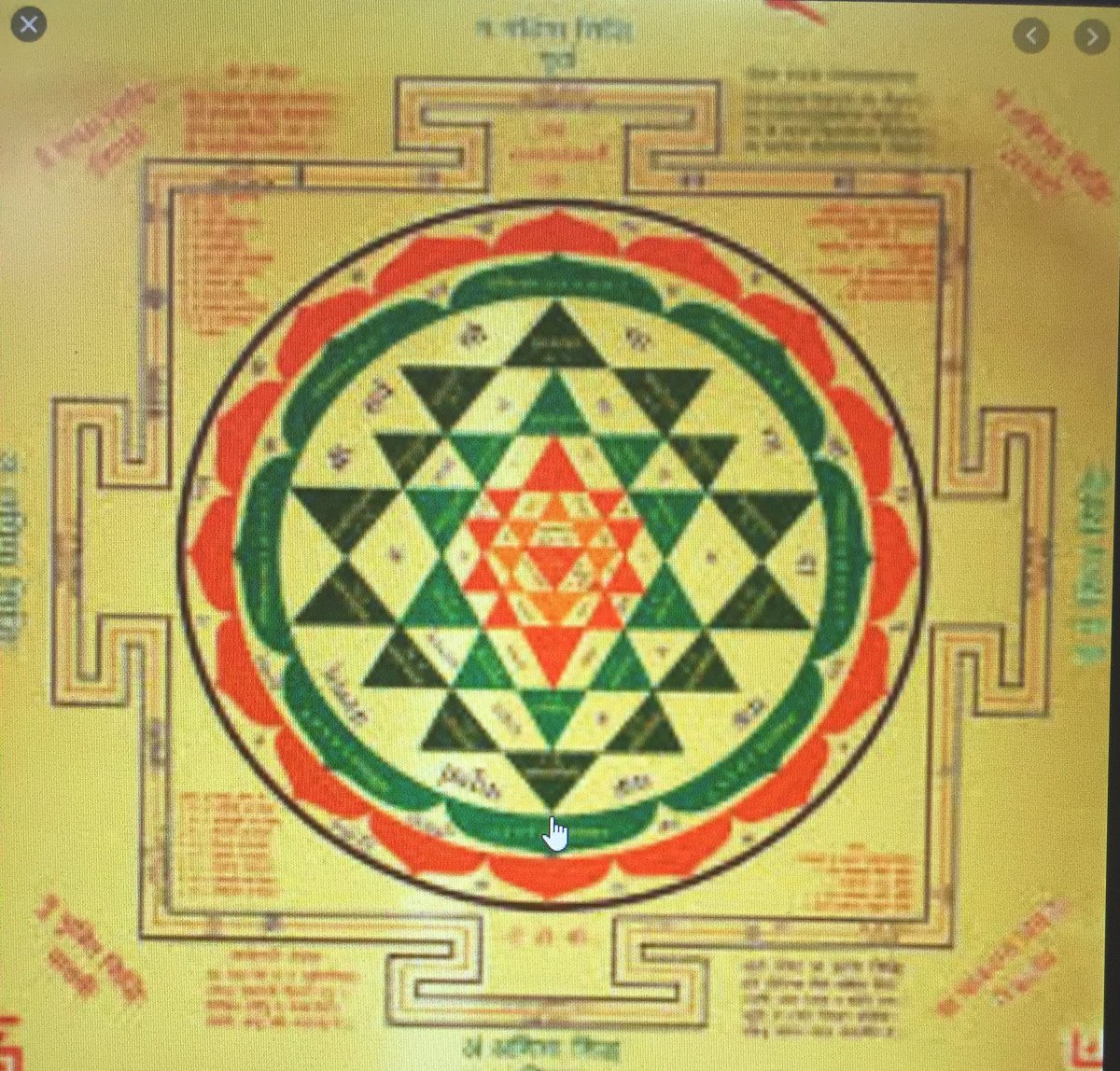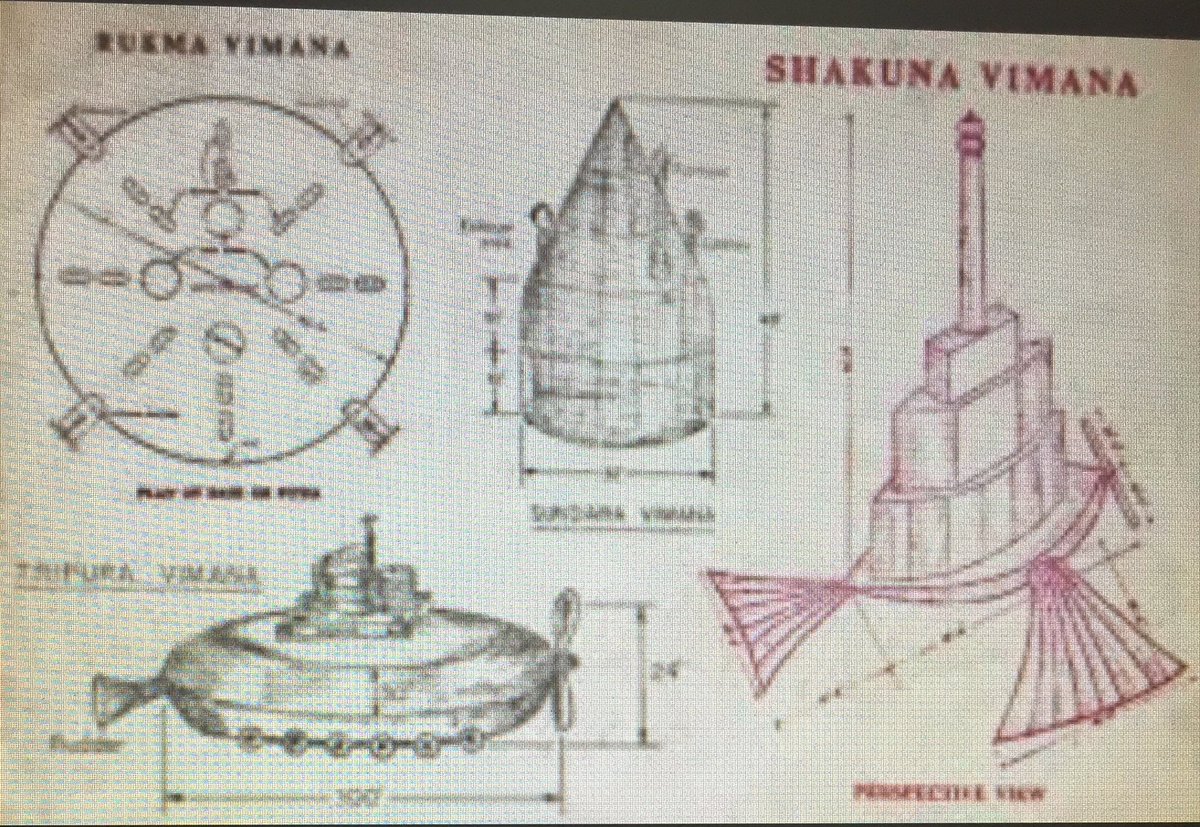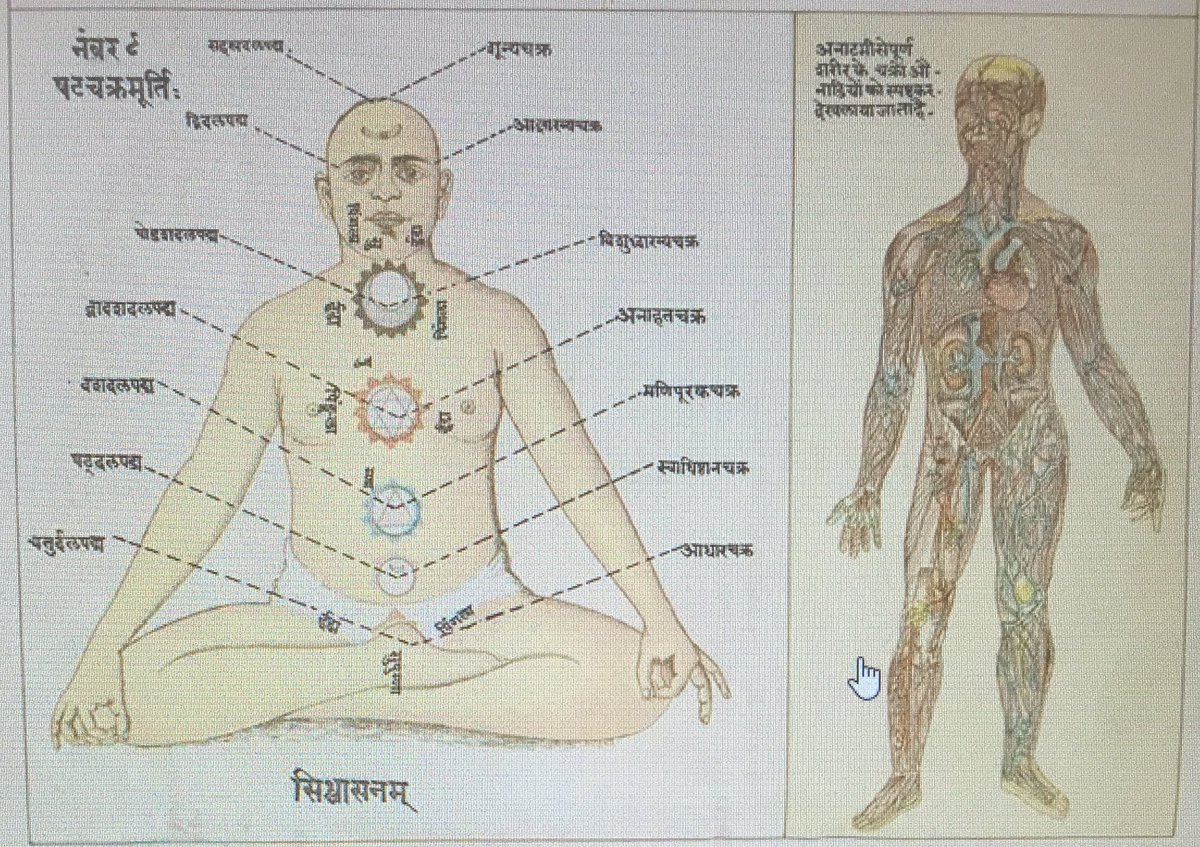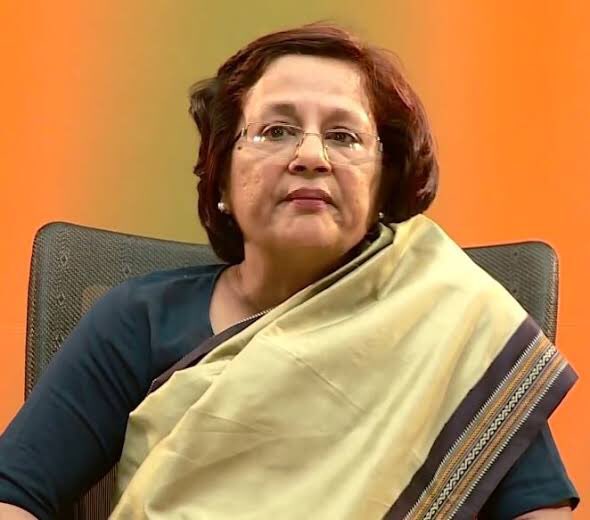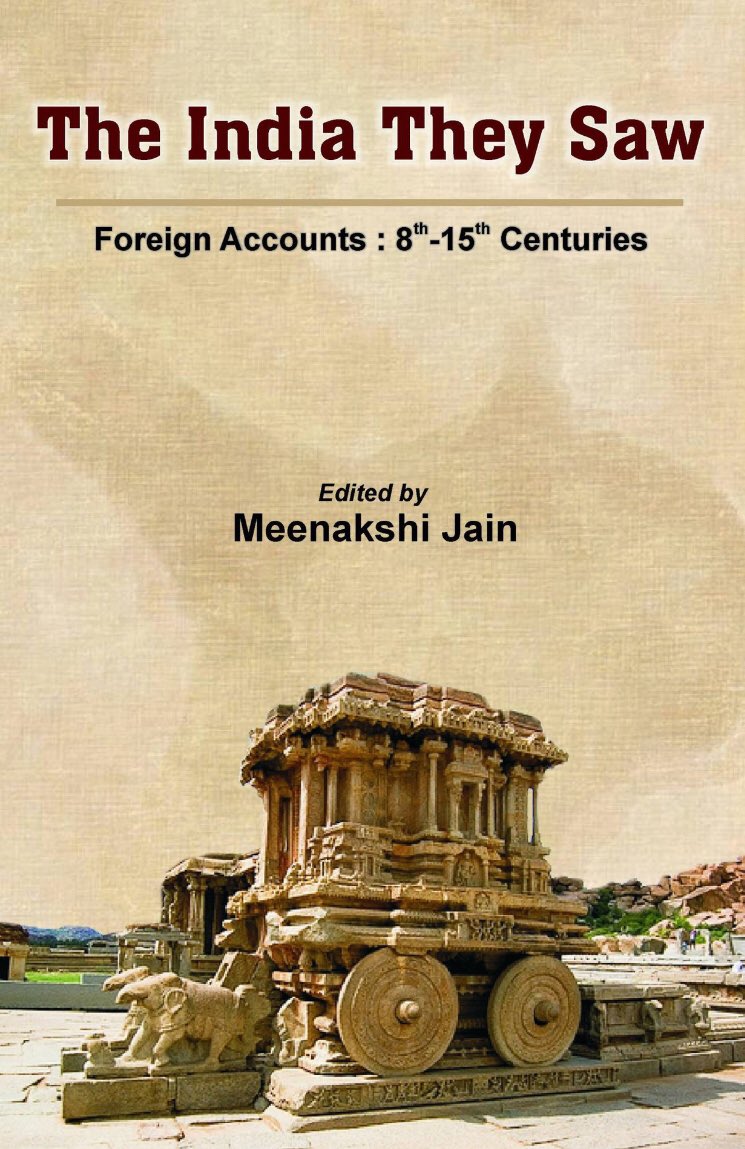#Thread on a ‘bird’s eye view’ of the grandeur and prosperity in Medieval India between 8th-15th century CE through the eyes of Arab and European scholars, travellers and chroniclers, before/during Islamic invasions.
#History #medieval #india #bharat #santandharma #hindu #hinduism #truth #wealth #rich #knowledge #Prosperity #Trade #science #technology #religion #dharma
“India was then at a high point in her intellectual and cultural attainments. Masudi recorded the contemporary belief that ‘wisdom (hikma) originally came from al-Hind.’ The Arabs transmitted knowledge of Indian numerals, mathematics, philosophy and logic, mysticism, ethics..
.. statecraft, military science, medicine, pharmacology, toxicology (works on snakes and poison), veterinary science, astronomy and astrology to the outside world. Games like chess and chausar were also taken from India.
An Arab author from Andalusia referred to an Indian book on tunes and melodies. Indian fables and literary works found reflection in the Thousand and One Nights...
.. The early Arab attempts to study Indian culture and social life were manifested in the works of Sulaiman, Ibn Khurdadbib, Masudi, among others. Even before his arrival in India, the celebrated Alberuni had some Indian works in his library,..
.. which were translated into Arabic under the Abbasid caliph, Al Mansur (754-775), and the Barmakid vazirs of Harun ar-Rashid. Among these were the Brahmasiddhanta and the Panchatantra. This tradition ended with Alberuni in the first quarter of the eleventh century.”
“Arab travellers described the grandeur and wealth of the kings of India, singling out for special mention the Palas, the Gurjara Pratiharas and the Rashtrakutas. The Arab appellation for the Pala kingdom was ‘the kingdom of Dharma,’ after Dharmapala (769-815 CE),..
.. the greatest ruler of the dynasty. According to Arab accounts, Dharmapala possessed the largest armed force in the country, and was accompanied by as many as fifty thousand elephants when he went on war...
.. The number of washermen in his army was reported to be an astounding ten to fifteen thousand. Arab writers relate that in the Pala country was woven a cotton cloth so fine that it could pass through a ring.”
“The Gurjara Pratiharas, the Al-Jurz of Arab writers, were depicted as the ‘enemies of Islam’ par excellence. They were said to possess a cavalry unrivalled by any other king of India...
.. The Rashtrakutas, who ruled in the Deccan from about A.D. 743 to 974, were presented by Arab geographers as the greatest kings of al-Hind and the fourth greatest monarchs of the world.”
“Arab accounts also detailed the infinite variety of Indian products that had entered long distance trade. The importance of the trade in pepper was additionally testified by the growth of expatriate communities of Muslims, Jews and Christians on the Indian coast...
.. Besides pepper, other items in demand included various kinds of ointments, medicinal substances, poisons, antidotes, perfumes, incense, ginger, aloe-wood, spikenard, camphor, cloves, nutmeg, sandalwood, musk, cinnamon, camphor, and rhinoceros horn...
.. In Arabic, words of Indian origin were mostly for spices, medicines and perfumes. In addition, precious stones and diamonds, elephant tusks, and textiles like silk, brocade, cotton and jute were valuable items of trade...
India had early mastered the technique of fast dyeing from natural sources. Indian steel and metallurgical products like swords were also highly prized.”
“Marco Polo found the commerce of India extending from the territories of Kublai Khan to the Persian Gulf and the Red Sea. He described the shore of India as abundant in nature’s choicest products...
.. The palm tree gave its milk in lieu of wine, the bread fruit tree afforded wholesome food, the betel nut and spices, everything to satisfy the palate was available in profusion.”
All these and many more countless types of wealth in terms knowledge, wisdom, philosophy, technology, inventions, natural resources etc attracted invasions and colonialists from Central Asia and Europe to India in the beginning of Medieval Ages...
.. We were and will be one day truly ‘the golden bird’ and the ‘Viswa Guru’, becoming the treasure house of ultimate knowledge and technology.
@AartiAuthor @harshasherni @SRaEarth09 @Angriy_BiRd @mamatarsingh @Dharma_Yoddhaa @Itishree001 @KarmaMaya20 @Shiv_Sharwani11 @Mahender_Chem @DeshBhaktReva @Savage_shree @VaruKrutika @dhingramahima9 @apparrnnaa @i__Mystic @Shailesh_2017 @shradhasumanrai @VedicWisdom1  https://abs.twimg.com/emoji/v2/... draggable="false" alt="👆" title="Rückhand Zeigefinger nach oben" aria-label="Emoji: Rückhand Zeigefinger nach oben">
https://abs.twimg.com/emoji/v2/... draggable="false" alt="👆" title="Rückhand Zeigefinger nach oben" aria-label="Emoji: Rückhand Zeigefinger nach oben">
@Voice_Of_Dharma @Ms_Poojaraj @meethi_singh @VidyaSanatani @Karma_Kaali @BahuRaani @basicfunk @raj_010101 @Rudraashii @VipashaRanjan @anita_gupte @SVOjha @limitlessarya @vedicboy @nitayuvani @Mahadevangini @unheardvoice07  https://abs.twimg.com/emoji/v2/... draggable="false" alt="👆" title="Rückhand Zeigefinger nach oben" aria-label="Emoji: Rückhand Zeigefinger nach oben">
https://abs.twimg.com/emoji/v2/... draggable="false" alt="👆" title="Rückhand Zeigefinger nach oben" aria-label="Emoji: Rückhand Zeigefinger nach oben">
@i__Mystic @In__Search @SRaEarth09 @Divya_Adishakti @VertigoWarrior  https://abs.twimg.com/emoji/v2/... draggable="false" alt="👆" title="Rückhand Zeigefinger nach oben" aria-label="Emoji: Rückhand Zeigefinger nach oben">
https://abs.twimg.com/emoji/v2/... draggable="false" alt="👆" title="Rückhand Zeigefinger nach oben" aria-label="Emoji: Rückhand Zeigefinger nach oben">
Please feel free to share, retweet, bookmark and spread the true proud history of our motherland, the Bharatvarsh  https://abs.twimg.com/emoji/v2/... draggable="false" alt="🙏" title="Folded hands" aria-label="Emoji: Folded hands">
https://abs.twimg.com/emoji/v2/... draggable="false" alt="🙏" title="Folded hands" aria-label="Emoji: Folded hands">
How can I forget u ladies @dakowmap @Krishna_Priiya @kanhaani  https://abs.twimg.com/emoji/v2/... draggable="false" alt="🙏" title="Folded hands" aria-label="Emoji: Folded hands">
https://abs.twimg.com/emoji/v2/... draggable="false" alt="🙏" title="Folded hands" aria-label="Emoji: Folded hands"> https://abs.twimg.com/emoji/v2/... draggable="false" alt="👆" title="Rückhand Zeigefinger nach oben" aria-label="Emoji: Rückhand Zeigefinger nach oben">
https://abs.twimg.com/emoji/v2/... draggable="false" alt="👆" title="Rückhand Zeigefinger nach oben" aria-label="Emoji: Rückhand Zeigefinger nach oben">

 Read on Twitter
Read on Twitter